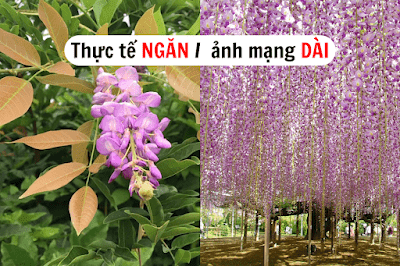How to build herb garden. Are you looking for ideas for an elevated bed garden? Here are 8 amazing herbs you should grow. Herbs help decorate the garden and are essential for the kitchen. The kitchen wouldn't be complete without plants. Herbs enhance the flavor of dishes.
Herbs like lots of sunlight so plant them in a sunny spot in your garden.
1. Mint
Mint is often used in beverages such as tea, desserts... because of its strong aroma. Harvest mint by cutting 1 inch from the base of the plant, individual leaves can be harvested. Water regularly for mints, they like moist soil.
2. Rosemary
 |
Used in lamb, poultry and soups, rosemary has a sweet taste. Trim the stem to harvest and pull the leaves by hand or the entire stem as a skewer. Rosemary likes cool temperatures and medium light.
3. Thyme
Sauces, vegetables, pasta, potatoes, pizza almost all have thyme in them. For the best flavor, harvest with musk just before bloom. Cut 2/3 of the top of each bud and avoid cutting into the tree's trunk.
4. Basil
When planting, it is necessary to keep the soil moist, water the plants the night before harvest to increase flavor. Cut off the flowers as they form. Harvesting regularly helps basil to continuously grow.
Basil is used in Italian dishes, this is a good flavor for soups, sauces. Cooking gas, add it at the end of the dish to maintain the flavor.
5. Dill
Great addition to soups, dips, herb butters and fish dishes. Cumin has the strongest flavor just before flowering. Harvest regularly to avoid seed production.
6. Oregano
Popular in Italian and Greek dishes. Widely used in soups, stews and sauces. Regular pruning helps your oregano grow stronger. Allow the plant to grow 4 inches before harvesting. Harvest leaves or whole stems.
7. Parsley
It is often used as a decoration. curly parsley brings a crunchy flavor to vegetables, herb butters, salads. Regular watering is required, especially in dry weather.
8. Sage
This is a great seasoning in dishes such as meat, poultry dishes. Sage is a perennial that grows 0.3-0.6 feet tall. The sage leaves are small, greenish-gray in color, ribbed and vary in size depending on the type.
Thank you for reading the article. Hope it helps with your new idea. Glad you come back and show me the results you got from my suggestion. Good luck.








0 Comments